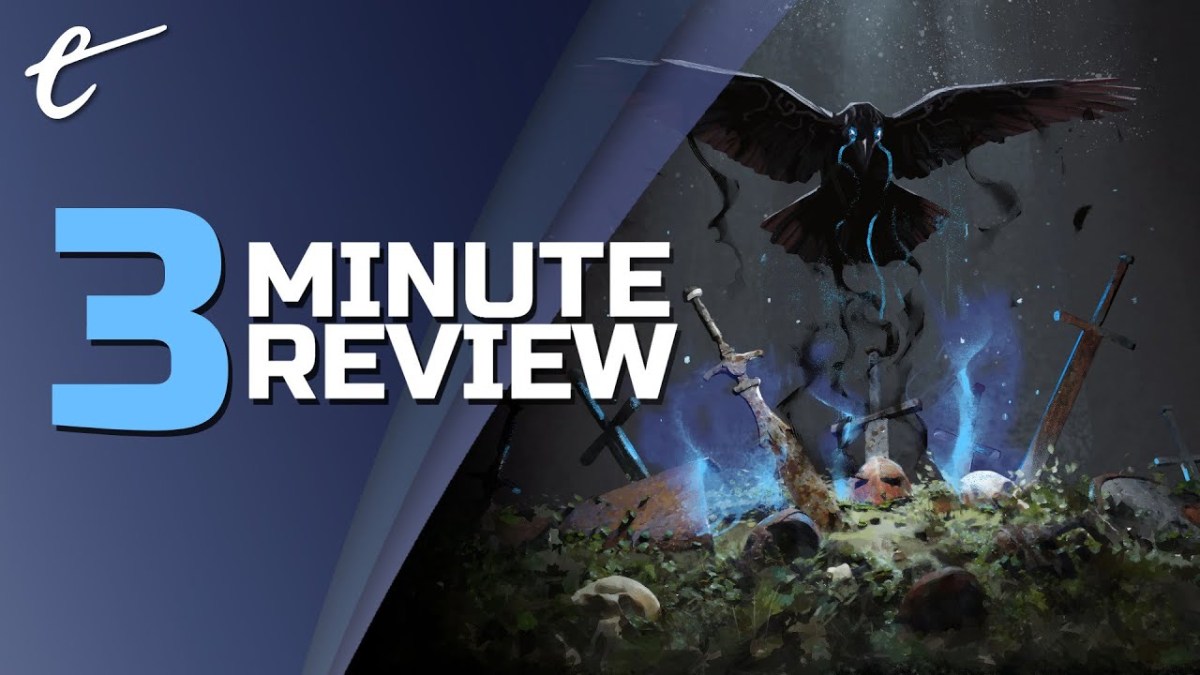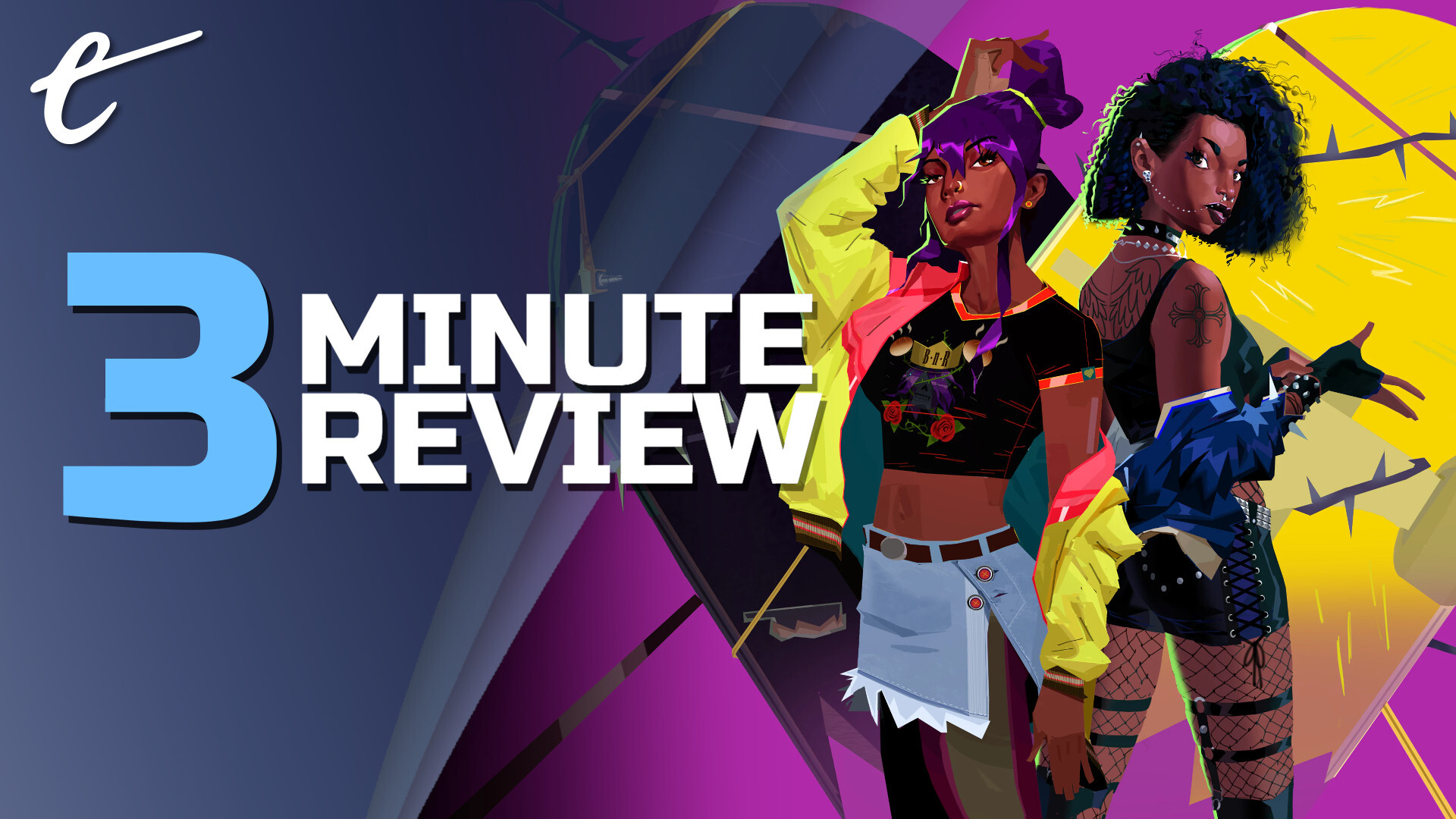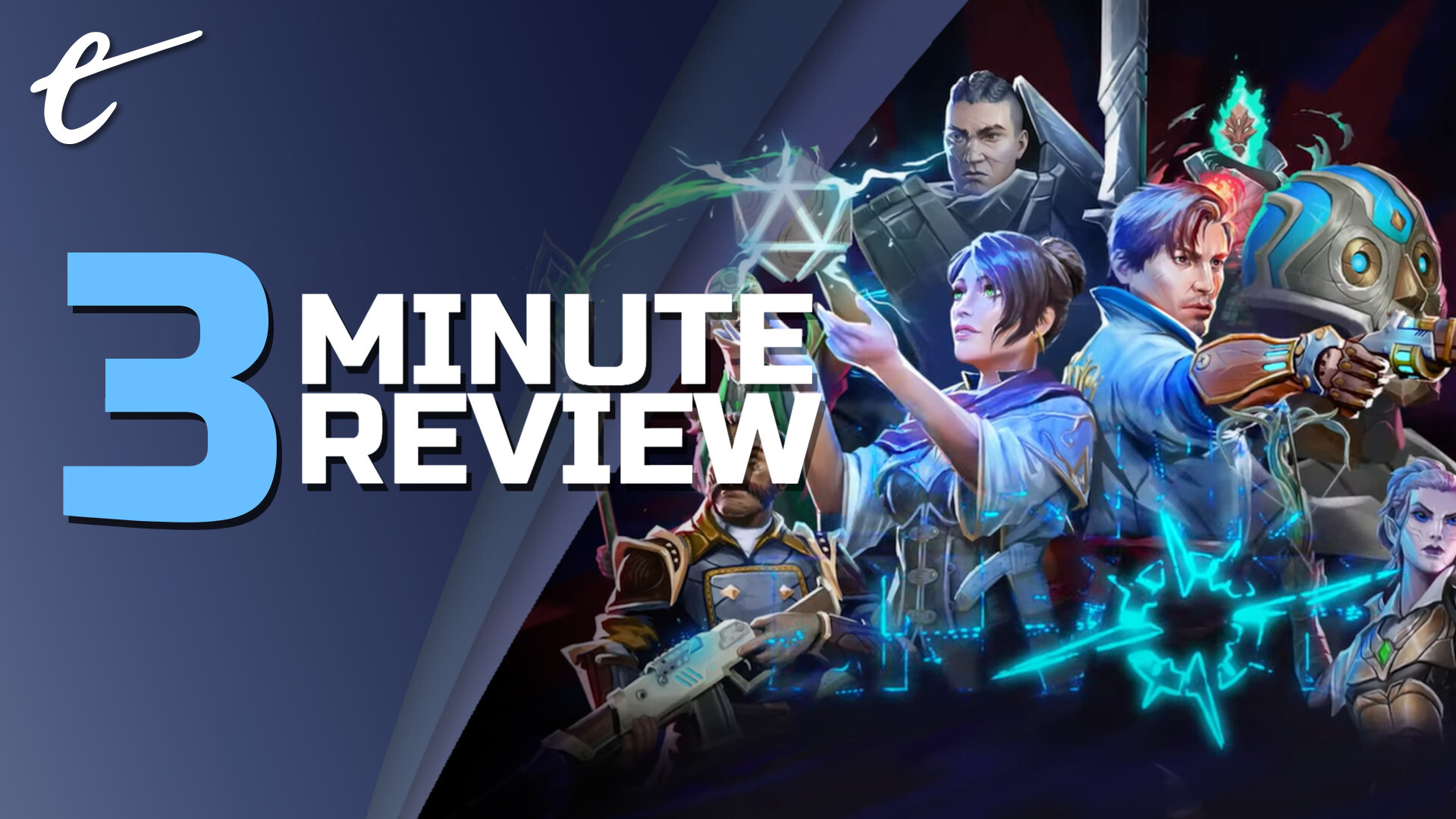Ravenbound is an open-world roguelite developed by Systemic Reaction.
You play as a vessel, a person meant to fight against an evil god that imprisoned the other gods. Each time you start a run, you can choose one of three vessels with randomized traits. After dying, you can spend points to unlock more traits. However, the number of traits you can unlock is slim, and many of them didn’t seem worth adding to the mix.
Combat requires precision. Reckless attacking will cost you HP, and healing is difficult to acquire. Timing dodges, blocks, and attacks is crucial. Unfortunately, the amount of screen shake, visual effects, and objects obscuring your view can make it difficult to see and properly react. Unclear feedback makes it difficult to tell when you successfully dodged, especially since weapon sound effects can play the same sound even when enemies miss. After taking damage, you have a brief period where doing damage replenishes some of your lost health, adding risk/reward for trying to get that extra hit. There are different weapons, but they play mostly the same. Combat is overwhelmingly dull due to nearly every enemy camp in each area being the same number of the same enemies. I fought 4 bosses, all of whom were the same boss with a different weapon. However, their move sets were nearly identical and I fought each of them using the same strategy.
There’s also a card mechanic that’s a large part of the roguelite design. Cards can be weapons, armor, buffs, or relics. Most of the effects are minor, lessening the excitement of getting them. All but a few cards cost mana to activate, and I constantly found myself either having an abundance of cards I didn’t want to use or being mana-starved and unable to use the few cards I had. Performing tasks during your run — such as defeating a certain number of enemies — unlocks new cards to find during subsequent playthroughs. While there’s the possibility of synergy by playing multiple cards that complement each other, the chances of getting those cards and having the mana to cast them all are slim. The cards you find during each run are randomly selected from the lot you’ve unlocked, so there’s no deckbuilding elements or way to remove weaker versions of the same card.
The open world is fully explorable on foot since a grappling hook allows you to scale buildings and mountains with ease. Specific points allow you to turn into a raven and conveniently fly anywhere on the map. And since there’s no map, flying is the best way to get a sense of the landscape. Unfortunately, the world is mostly empty and lifeless. Enemies sit in marked camps waiting for you to disturb them and won’t chase you. Structures, ruins, caves, and other places that seem like points of interest look nice but are usually empty, defeating the purpose of exploring since there’s often no reward. Many cards involve status effects that do more to opponents who are weakened or cursed, but the game doesn’t explain what those effects do or all the ways to activate them.
The game has neat ideas, but due to fundamental problems with imbalance, repetition, and a mostly empty world, I was either bored or frustrated for the majority of my playtime.
Ravenbound is available now for $29.99 on PC.
Watch the Review in 3 Minutes for Ravenbound.





